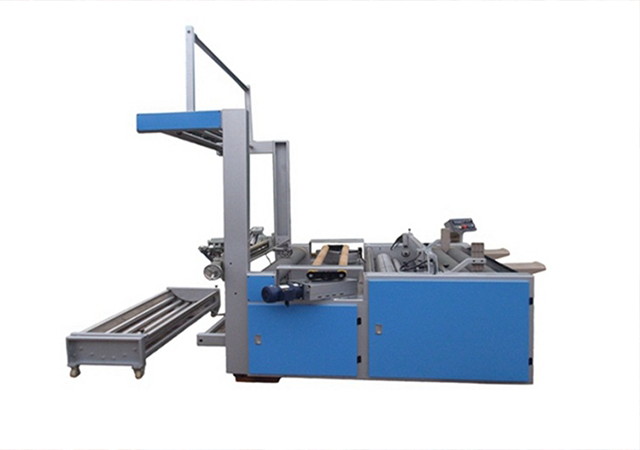When operating a fabric cutting machine, there are several important factors to keep in mind to ensure efficient and accurate cutting. Whether you are in the garment industry or any other field that requires precise fabric cutting, these considerations will help you make the most of your equipment.
1. Fabric Compatibility: Fabric cutting machines come in various types and models, and each is designed to handle specific types of fabrics. Before you begin cutting, it's essential to ensure that the machine you're using is compatible with the material you intend to cut. Different machines have specific capabilities for cutting certain fabric types, so choose one that suits your needs.
2. Thickness Capability: Consider the thickness of the fabrics you'll be working with. Some fabric cutters are suitable for thinner fabrics, while others have the power to cut through thicker materials. It's crucial to select a cutter that can handle the desired fabric thickness, as attempting to cut materials that are too thick can lead to subpar results and potential damage to the machine.
3. Cutting Size Requirements: Assess the size of the cuts you frequently need to make. Some fabric cutters are limited to small cuts, while others offer the capability to make larger cuts. Ensure that the machine you choose aligns with your specific cutting size requirements. Trying to force a machine to make cuts larger than its capacity can lead to uneven or incomplete cuts.
4. Budget Considerations: Fabric cutting machines vary in price, from budget-friendly options to more expensive models with advanced features. It's essential to set a budget and prioritize finding a cutter that offers a balance between affordability and meeting your needs. If budget constraints are not a significant concern, explore higher-priced cutters with additional features and capabilities.
By taking into account fabric compatibility, thickness capability, cutting size requirements, and budget constraints, you can make an informed decision when selecting a fabric cutting machine that suits your needs and provides the desired level of functionality.

Operating a Fabric Cutting Machine: A Step-by-Step Guide
Having a dependable fabric cutting machine is essential for achieving precise and accurate fabric cuts in various industries. Fortunately, operating these machines is a straightforward process. Here's a step-by-step guide to help you efficiently operate your fabric cutting machine and produce precise cuts:
Setup: Carefully follow the manufacturer's instructions to set up your fabric cutting machine. Ensure that it is properly assembled and ready for use.
Material Preparation: Position the fabric you intend to cut onto the cutting surface. Make sure the fabric is flat and free of wrinkles or creases to ensure accurate cuts.
Blade Positioning: Lower the cutter's blade onto the fabric, aligning it with the designated cutting line.
Cutting Process: Begin the cutting process by moving the blade along the designated cutting line. Ensure a steady and deliberate motion to achieve clean and accurate cuts.
Completion: Once you have cut through the entire fabric piece, lift the blade and remove any residual fabric from the cutting surface.
Repeat as Necessary: Repeat these steps as needed to obtain all the fabric cuts required for your project.
By following these simple instructions, you can efficiently operate your fabric cutting machine and produce precise cuts required in various industries, including garment production.
Additional Tips for Successful Fabric Cutting:
- Use a sharp knife or rotary cutter to prevent fraying and produce cleaner cuts.
- Cut slowly and deliberately to avoid uneven cuts or accidents.
- Invest in a cutting board or mat designed specifically for fabric cutting to protect your work surface and facilitate easier cutting.
- Always test your cuts on scrap fabric before working on your final garment piece to ensure accuracy and prevent mistakes.
In conclusion, operating a fabric cutting machine efficiently requires careful consideration of factors like fabric compatibility, thickness capability, cutting size requirements, and budget constraints. By following proper setup and operating procedures and addressing common issues with practical tips, you can achieve precise and accurate fabric cuts in your projects.




